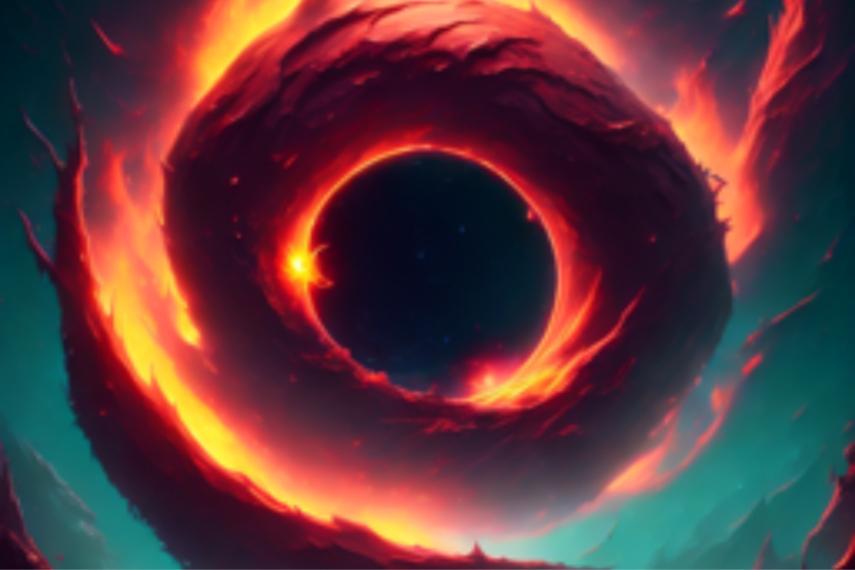Testing the Strength of Gravitational Theories

Applying small changes to current theories could have a big impact.
When it comes to testing the limits of what we know about the nature of the universe, nothing quite compares to black holes. These objects have extremely large masses packed into a very tiny space, exerting a gravitational pull so strong that space and time are warped around them and not even light can escape their grasp.
The extreme conditions that black holes exist in make them useful for testing the limits of our current theories in physics, such as Einstein’s theory of general relativity. By pushing these theories to their limits, we can discover under what conditions they break down, and identify any gaps in our understanding of the physics they describe.
Testing theories in extreme cases
Dr. Huan Yang, an Assistant Professor in the Physics Department at the University of Guelph and Associate Faculty at Perimeter Institute, wants to test how well our current theories that describe strong gravitational objects, like black holes, hold up in extreme cases. Black holes cannot be seen by eye or telescope, but they emit a range of characteristic frequencies called a spectrum that can be predicted by mathematical models. Based on this spectrum, important characteristics like the mass and rotational speed of a black hole can be calculated.

Dr. Huan Yang,
in the Physics Department
Yang chose to test our current theories by looking at scenarios close to the limit of how fast a black hole can rotate. It is in these extreme scenarios that any issues with the current theories are most likely to be apparent. By applying a small change to the equations describing a stable black hole spectrum, Yang could see how the spectrum the theory predicts responds.
“Most theories assume an ideal case with no disturbances, but in reality, the universe is full of tiny energy fluctuations,” explains Yang. “These could be as small as the flap of a butterfly’s wings or a pen dropping to the ground – things not always considered when theories are developed.” If the spectrum predicts significant changes with small disturbances, the strength of the theory is called into question. A re-examination of previous calculations and any conclusions would be called for. However, if the spectrum is not significantly impacted, we can be confident in the theory and the results we obtain from it.
Beyond extreme black holes
The black hole spectrum was found to remain stable when small changes were applied to current theories, validating their ability to accurately analyze data in this extreme scenario. However, Yang cautions that this may not be true in general. “We need to examine more cases. Other strong gravitational bodies such as neutron stars and black holes under less extreme conditions could be candidates for further testing,” says Yang.
This story was written by Carley Miki as part of the Science Communicators: Research @ CEPS initiative. Miki is a PhD candidate in the Department of Physics under Dr. John Dutcher. Her research focus is on understanding the forces and interactions between soft, sugar-based nanoparticles and how they differ when charged.
Funding Acknowledgement: This work was supported by Natural Sciences and Engineering Research Council of Canada (NSERC) Discovery Grants, Perimeter Institute for Theoretical Physics, and scientific grants from University of Chinese Academy of Sciences, the Fundamental Research Funds for the Central Universities, and the National Natural Science Foundation of China (NSFC).
Yang, H., Zhang, J. Spectral stability of near-extremal spacetimes. Phys. Rev. D. 2023, 064045, 1-10. doi: https://doi.org/10.1103/PhysRevD.107.06404